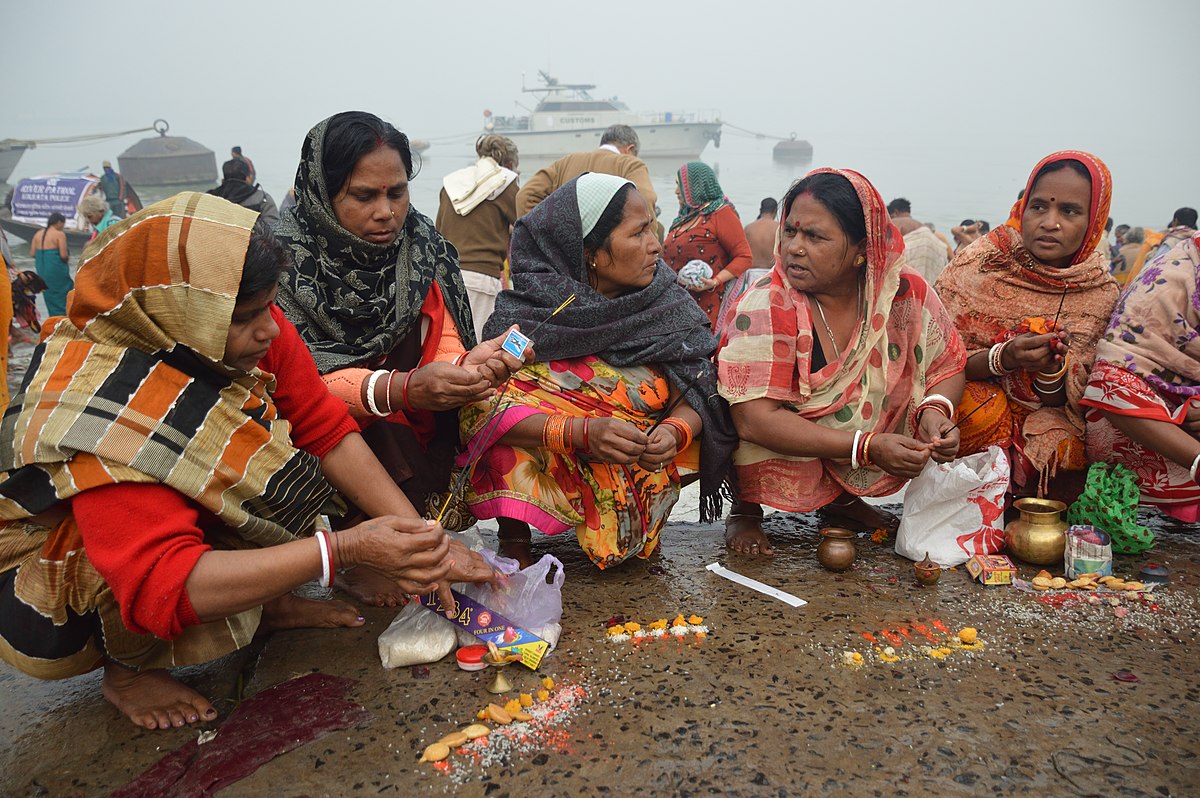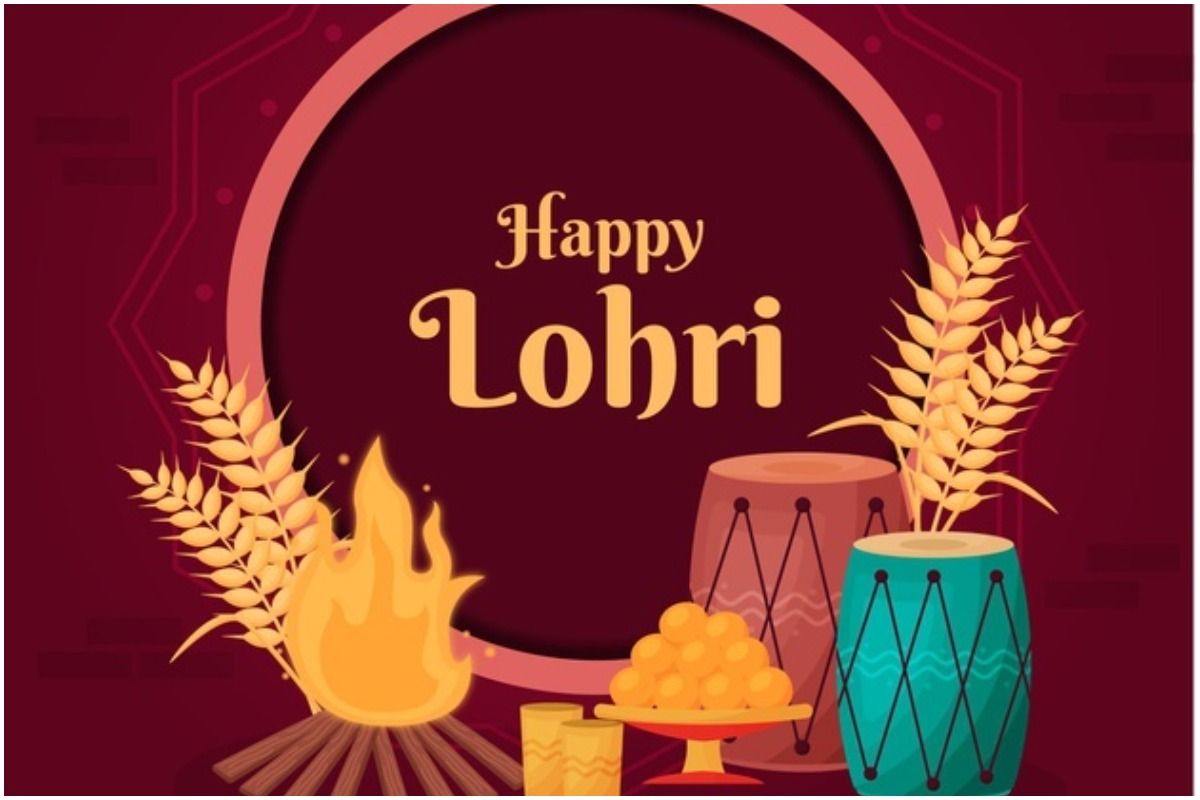The next day of Lohri is known as Maghi, a day that signifies the beginning of the month of Magh. According to common belief, this is an uspicious day to take holy dip and give away charity. Kheer is prepared in sugar cane juice to mark the day. Maghi is also a Sikh day of commemoration of a battle. The festival honors the martyrdom of the “forty immortals” who were followers of Guru Gobind Singhandand died in his defense.

Maghi, also known as Makara Sankranti, is the first day of the month of Magh. The eve of Maghi is the common Indian festival of Lohri when bonfires are lit in Hindu homes to greet the birth of sons in the families and alms are distributed. In the morning, people go out for an early-hour dip in nearby tanks. For Sikhs, Maghi means primarily the festival at Muktsar, a district town of the Punjab, in commemoration of the heroic fight of the Chali Mukte, literally, the Forty Liberated Ones, who laid down their lives warding off an attack by an imperial army marching in pursuit of Guru Gobind Singh.
The action took place near a pool of water, Khidrane di Dhab, on 29 December 1705. The bodies were cremated the following day, the first of Magh (hence the name of the festival), which now falls usually on the 13th of January. Following the custom of the Sikhs to observe their anniversaries of happy and tragic events alike, Maghi is celebrated with end-to-end recital of the Guru Granth Sahib and religious divans in almost all gurdwaras.
The largest assembly, however, takes place at Muktsar in the form of a big fair during which pilgrims take a dip in the sacred sarovar and visit several shrines connected with the historic battle. A mahala or big march of pilgrims from the main shrine to gurdwara Tibbi Sahib, sacred to Guru Gobind Singh, marks the conclusion of the three-day celebration. Sikhs visit gurdwaras and listen to kirtan on this day to commemorate the martyrdom of the Forty Immortals.

Copyright © 2004- www.lohrifestival.org. All Rights Reserved